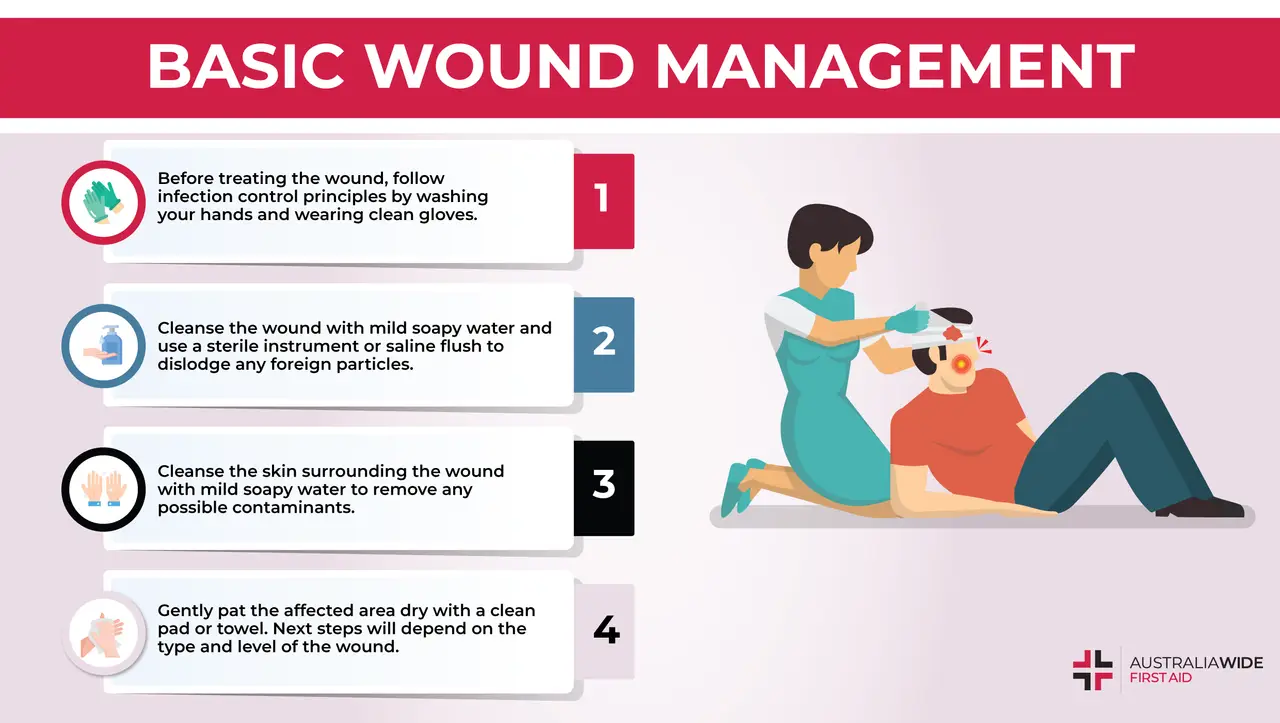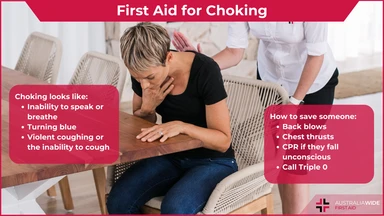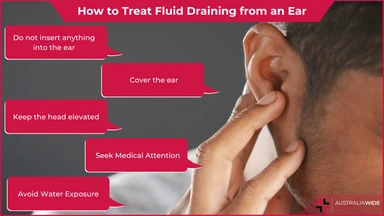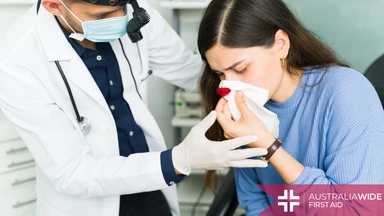How to Care for Open Wounds


A key element to providing basic first aid care is understanding how to help someone with an open wound.
An open wound refers to an injury in which the skin is broken and the tissue beneath is exposed.
In many cases you can follow a similar protocol to help keep the person safe, however there may be some differences depending on the type of open wound. Different kinds of open wounds include abrasions, lacerations, punctures, and avulsions.
In this article, we will discuss basic wound management, the treatment of different types of open wounds, treating someone in shock, and signs to look for in case of an infection or if seeking medical advice from a doctor is necessary. In caring for many types of wounds, you want to follow the same basic steps.
An abrasion is an open wound caused by the friction of skin rubbing against a rough surface. Abrasions are very common injuries, and can range in severity from very mild to severe. These are often quite painful because they can open up nerve endings on the skin. Usually, abrasions do not lead to an excessive amount of bleeding. Abrasions can typically be treated at home without the help of a medical professional.
First, follow the basic wound management steps. Next, you want to see if the wound is bleeding, and if it is not, leave the wound uncovered. If the wound is bleeding, apply a clean cloth to the area with gentle pressure in order to stop the bleeding. You also want to elevate the injured area.
After this, you can cover the wound with an antibiotic topical ointment and wrap it with a clean bandage or gauze. Maintenance for an abrasion will include cleaning and changing the bandage once a day, and keeping an eye out for any signs of infection. An abrasion can be infected if there is a lot of blood and it does not let up after 5 minutes of consistent pressure. If a violent or traumatic accident led to this wound, it is a good idea to see a doctor as soon as possible.
A laceration is a type of cut where there is no skin missing, and is typically caused by a very sharp object. When caring for a laceration wound, stop the bleeding with pressure.
Once the wound has stopped bleeding, determine the severity of the wound and check for any particles that are lodged in it. Clean and wrap the wound. If there is a deeper cut that is not stopping bleeding, stitches may be required.
If a laceration has been open for many hours and is not clean, it can likely require over a week’s worth of daily antibiotics to heal properly, and should definitely be checked out by a doctor.
Punctures are often deep, but do not typically result in much bleeding. They often are dangerous because of a high risk of infection. Follow the same basic wound care steps, and then after cleaning the wound, you want to be sure to apply an antibiotic. For the following two days, wash the area again, and apply the same antibiotic each time that you change the dressing.
With a puncture, you want to keep a close eye on it in case of infection or if you need to see a doctor. If the wound doesn’t seem to be healing, if there is any pus coming from the wound, swelling, or an increase in pain, these are all signs of infection. For people with lighter skin, there may be a spread in redness, and for darker skin a spread of purplish grey or dark streaks if there is an infection. In certain cases, you should get medical help right away.
These scenarios include if the puncture is from an animal or human, if it is especially deep and dirty, if it was done by a metal object, if it is a deep puncture to the chest, scrotum, neck, or head, or if the puncture is deep and over a joint.
An avulsion is a bone injury when a small bit of bone attached to a tendon or a ligament is separated from the main part of the bone.
For this type of injury, you want to be sure to rest the area that was injured, and regularly ice it. Be very careful with exercise, but specific types of exercise can help bring back a higher range of motion, improve muscle strength, and promote bone healing.
Many people who have an avulsion will be able to heal fully without needing surgery.
Shock occurs when someone’s organs are not getting the amount of blood or oxygen that they need due to a sudden drop in blood flow. Shock is very dangerous, as it can lead to organ damage or even death if not addressed quickly.
Some symptoms of shock include someone having cool, sweaty skin, becoming very pale, showing blue lips, a fast pulse and breathing, nausea and vomiting, enlarged pupils, fatigue, becoming faint, or a change in mental status. If you suspect that someone is in shock, the first thing you should do is call 000 or another emergency number.
Next, have the person lay down, and elevate the lower half of the body slightly. Try your best to keep the person as still as possible. If the person stops showing signs of life, you can begin CPR.
An open wound refers to an injury in which the skin is broken and the tissue beneath is exposed.
In most cases of an open wound, the same basic wound management can be followed. However, there may be some differences depending on whether it is an abrasion, laceration, puncture, or avulsion.
For more information on how to identify and treat an open wound, book a First Aid course with us today. We also have articles available with information on how to manage a variety of injuries, including:

October 13, 2023
Choking occurs when an object or a piece of food becomes lodged in the throat, blocking the airway. The adult or child will have difficulty breathing, and may lose consciousness. Quick and effective action is essential to prevent severe consequences and death.

September 22, 2023
Knowing how to provide first aid for fluid draining from an ear is crucial to alleviate discomfort and potentially prevent complications.

July 31, 2023
This article covers treatment/first aid for nose bleeds, and also covers all of the common misconceptions and myths about treating a bleeding nose.